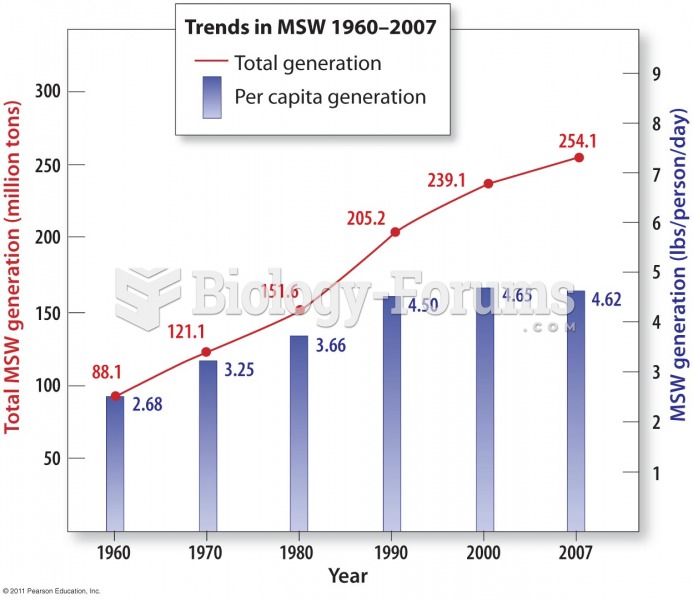Answer to Question 1
Answer: Manufacturing jobs have been shifting within the United States from the North and East to the South and West. Between 1950 and 2009, the North and East lost 6 million manufacturing jobs and the South and West gained 2 million. The principal site factor for many manufacturers was labor-related: enactment of right-to-work laws by a number of states, especially in the South. A right-to-work law requires a factory to maintain a so-called open shop and prohibits a closed shop.
In a closed shop, a company and a union agree that everyone must join the union to work in the factory. In an open shop, on the other hand, a union and a company may not negotiate a contract that requires workers to join a union as a condition of employment. By enacting right-to-work laws, southern states made it much more difficult for unions to organize factory workers, collect dues, and bargain with employers from a position of strength. As a result, the percentage of workers who are members of a union is much lower in the South than elsewhere in the United States.
Answer to Question 2
Answer: Over the coming decades, it is expected that much of the growth in the world's manufacturing would shift outside the current industrial powerhouses. Goldman Sachs, a financial analysis firm, has identified four countries that would dominate the manufacturing sector in the 21st century. They coined the term BRIC countries using the first letter in their names. They are Brazil, Russia, India and China.
The four BRIC countries together currently control one-fourth of the world's land and two-fifths of the world's population, but the four combined account for only one-sixth of world GDP. All four countries have made changes to their economies in recent years, embracing international trade with varying degrees of enthusiasm. By mid-twenty-first century, the four BRIC countries, plus the United States and Mexico, are expected to have the world's six largest economies.
The four BRIC countries have different advantages for industrial location. Russia and Brazil are currently classified by the United Nations as having high levels of development; are especially rich in inputs critical for industry. China and India, classified as having medium levels of development, have the two largest labor forces and potential markets for consumer goods.






